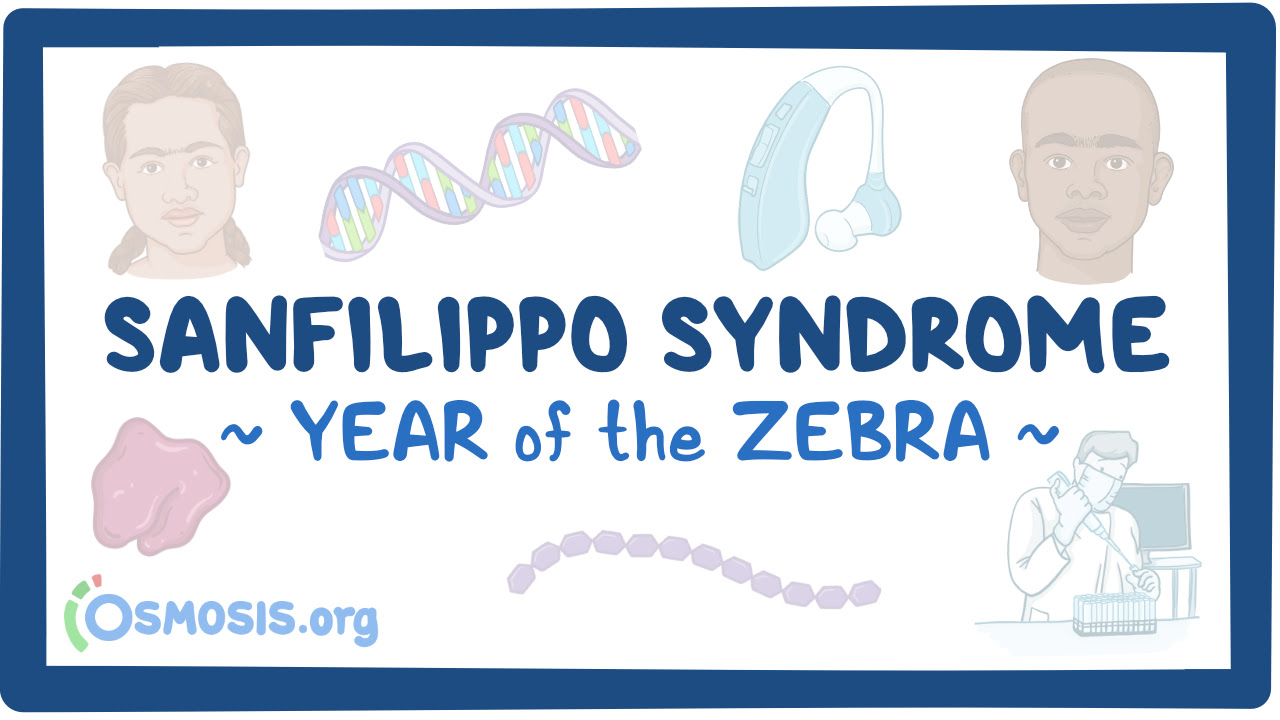Human Rights Day 2024: A Pioneering Event to Advocate for Sustainable Development Goals
As we mark Human Rights Day 2024 on December 10, 2024, the importance of collective action in achieving a more equitable world has never been clearer. This Human Rights Day 2024 event aims to be a turning point, a place of exchange, inspiration, and, most importantly, action.
Event Overview
Date: December 10, 2024
International Day of the Girl Child 2026: Elevating Girls' Voices for Sustainable Development
The International Day of the Girl Child 2026, celebrated on October 11, offers an opportunity to recognize the challenges that girls face around the world while emphasizing the importance of their rights and empowerment. This year's event aims to deepen the awareness surrounding various Sustainable Development Goals (SDGs) that are crucial for empowering girls.
Agenda for October 11, 2026
This content aligns with Goal 3: Good Health by detailing specialized training techniques that can enhance the quality of life for individuals with visual field loss, thereby improving their ability to navigate their environment and engage in daily activities. By focusing on tailored interventions such as eccentric viewing, visual exploration, and scanning training, the chapter promotes effective rehabilitation strategies that contribute to better health outcomes for those affected by visual impairments. Additionally, it supports Goal 10: Reduced Inequalities by ensuring that individuals with visual field loss have access to adaptive training methods, which can empower them to lead more independent and fulfilling lives, regardless of their socioeconomic status or background.



